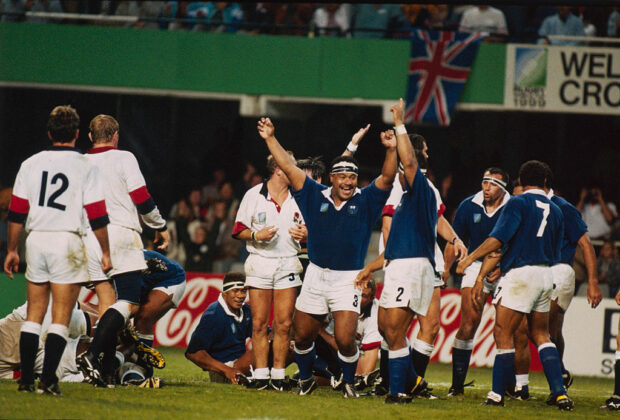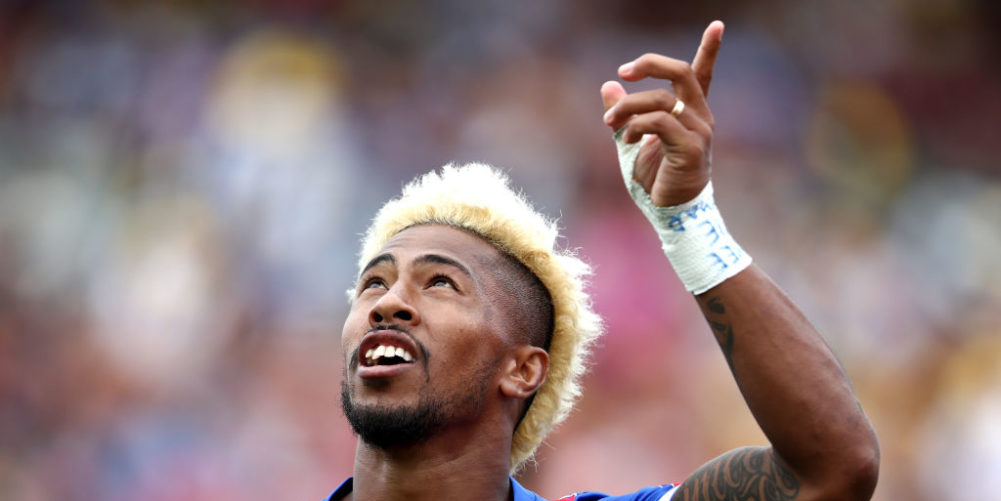RUGBY has made many false moves and poor decisions over the decades and what is so frustrating is that on quite a few occasions the authorities got incredibly close to absolutely nailing it before making the wrong call.
I was reminded of this the other morning when listening to the former New Zealand prime minister Helen Clark talking about how New Zealand can prosper in the Covid-19 era by in effect creating a new, and this time prospersous, South Sea Bubble.
New Zealand, through their own brilliant management of the crisis, is virus free, Australia did a great job containing it and thankfully its impact on the far flung Pacific Islands was minimal.
Her point was that there could quickly come a moment – well in advance of the rest of the world – when free travel will be allowed within that tightly controlled South Sea area and normal trading and sporting relations resumed, albeit with stricter protocols.
Rugby-wise this has interesting connotations. New Zealand this week revealed plans for an internal tournament between its five Super Rugby franchises and at some stage that could be upgraded to a cross-Tasman tournament and if Covid-19 issues restrict travel to the rest of the world surely it's time to invite the three major rugby playing Pacific nations to the party.
That Pacific pentagon of nations has always offered up a natural rugby tournament, whether at club or Test level, and frustratingly it nearly took off fully 30 years ago.
Does anybody remember the old South Pacific Championship which ran between 1986-90? Thought not. That consisted of Auckland, Canterbury, Queensland, New South Wales, Wellington and a Fiji XV. Very high quality rugby and although Fiji never threatened to win the competition, only on one occasion, the inaugural season, did they finish bottom.
That morphed, for one season, into the equally overlooked Super 6 tournament when Fiji did find it much tougher but there were still three near sell-outs at Suva to ease the pain and a notable 38-17 home win over Canterbury to celebrate. No wins over Canterbury are ever to be sniffed at.
Nearly 30 years ago travelling to the Islands and staging a game appeared to be a viable option or were players perhaps just more willing to embrace the old touring culture?
Then in 1993 as the southern hemisphere led the march to professionalism, South Africa wanted a bit of the action and gatecrashed the party resulting in the formation of the Super 10 competition, the first real foretaste of what we know as Super Rugby.
Off the back of their 1991 World Cup heroics, Western Samoa were invited to field a side and despite only one of their four pool games being at home they did pretty well claiming victories over Queensland and away to Otago in Dunedin.
The following year Western Samoa were again ball park and mid-table in their pool with a notable away win over mighty Auckland and a convincing home triumph against Waikato. There was also a last- minute defeat away to NSW in Sydney.
Has anybody ever idly wondered why Western Samoa were so strong around this period? I would suggest the Super Ten played a prominent role.

Finally in 1995, the very year rugby turned professional, Western Samoa, without any explanation, got summarily ditched from the Super 10s, to be replaced by a much more erratic Tonga side who had their moments but also took a couple of hammerings.
It is eminently conceivable that in 1995 Samoa could have reached the Super 10 play-offs. Perhaps that is why they were ditched?
Later in the year, after Western Samoa went out in the World Cup quarter-finals to South Africa at Ellis Park, Dr Louis Luyt the president of SARU got up at the post-match reception to which we the Press had invited ourselves and full of good cheer and bonhomie lavishly praised Samoa and in particular their captain Pat Lam to the hilt.
He assured them that Samoa would never be forgotten, they were a great rugby nation and the rugby family would always look after them.
A few months later, after rugby had gone open, SANZAAR and their big hitters like Dr Luyt announced their plans for the inaugural Super 12 season and the brave new world of professional rugby.
No Samoa, No Tonga, No Fiji. Nothing, not even a stale crust to chew on. It was utterly ruthless and nauseating.
The bean counters had done the maths and the Islands threatened their profit margins. Or that was the spin. Never mind that Super Rugby developed into a tournament in which squads spend endless days jetting from South Africa to Argentina, to New Zealand to Australia, and then back again. Oh, and Japan. I forgot Japan.
It made no sense then and it makes even less sense now. Rugby's amateur administrators at the end of the 80s and early 90s were onto something.
They were doing what seemed logical, sensible and fair and devising a format for the future as well as the present.
And then the professionals took over and blew it.



























